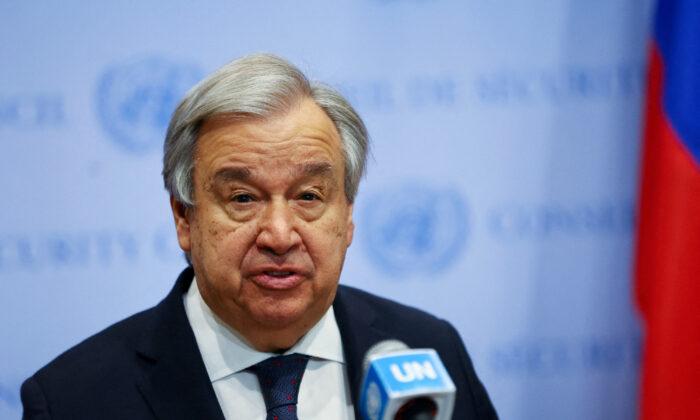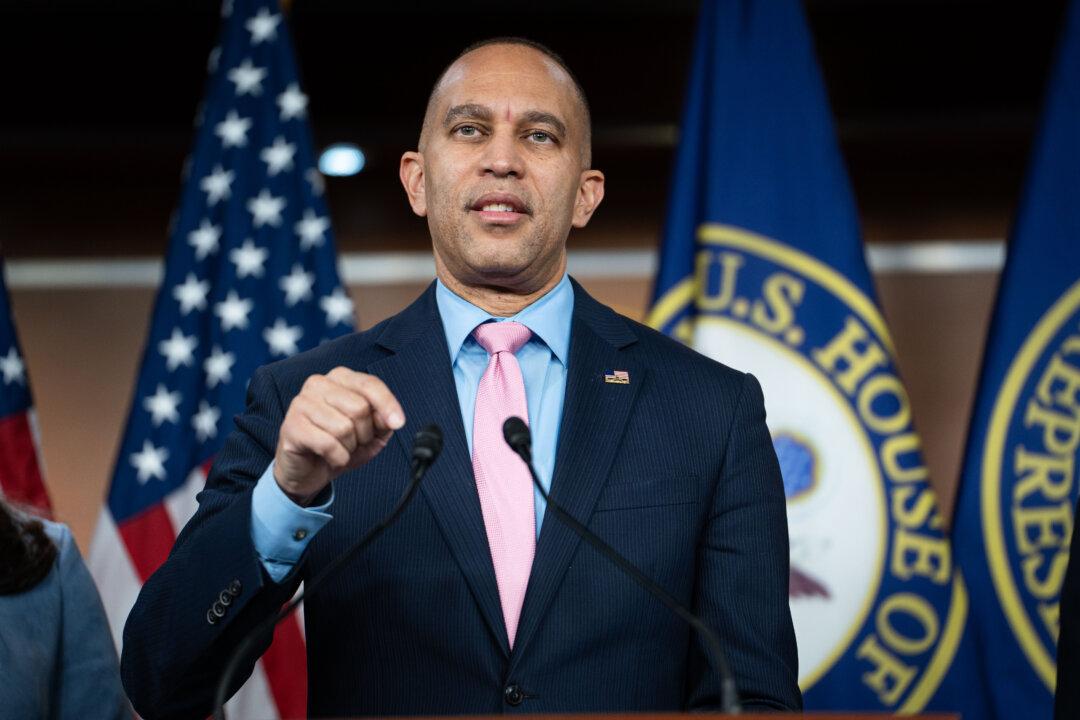The U.N. on June 19 adopted a landmark legally binding international marine biodiversity agreement to govern the high seas following nearly two decades of fierce negotiations.
The agreement, known as the High Seas Treaty or the Biodiversity Beyond National Jurisdiction Treaty, was adopted by the Intergovernmental Conference on Marine Biodiversity of Areas Beyond National Jurisdiction and is the first legally binding agreement of its kind, requiring international cooperation.
It falls under the U.N. Convention on the Law of the Sea, an international agreement that established a legal framework for all marine and maritime activities when it took effect in 1994.
While countries are responsible for the conservation and sustainable use of waterways under their national jurisdiction, the new agreement establishes a legal framework to ensure that environmental protections also cover international waters and prevent “destructive trends,” such as pollution and “unsustainable fishing activities,” according to a statement from the U.N.
It contains 75 articles aimed at “protecting, caring for, and ensuring the responsible use of the marine environment, maintaining the integrity of ocean ecosystems, and conserving the inherent value of marine biological diversity,” according to the U.N.
‘Give the Ocean a Fighting Chance’
“The ocean is the lifeblood of our planet, and today, you have pumped new life and hope to give the ocean a fighting chance. You have delivered. And you have done so at a critical time,” U.N. Secretary-General António Guterres told delegates on June 19.The agreement requires all nations to assess the potential environmental effects of any planned activities they'll conduct in oceans beyond their jurisdictions, pointing to toxic chemicals and plastic waste that are flooding oceans and killing or injuring marine life and, in some cases, being consumed by humans.
It also contains provisions that will allow for “area-based management tools” to ensure that vital habitats and species are conceived in the high seas and the international seabed area.
Climate Change Impact
The treaty also includes provisions aimed at tackling the “adverse effects of climate change and ocean acidification,” noting that global heating is pushing ocean temperatures to “new heights,” resulting in more frequent and intense storms, rising sea levels, and the salinization of coastal lands and aquifers.“Addressing these urgent concerns, the treaty offers guidance, including through an integrated approach to ocean management that builds ecosystem resilience to tackle the adverse effects of climate change and ocean acidification, and maintains and restores ecosystem integrity, including carbon cycling services,” the U.N. stated.
Provisions are also included in the treaty that “recognize the rights and traditional knowledge of indigenous peoples and local communities, the freedom of scientific research, and need for the fair and equitable sharing of benefits,” according to the U.N.
“The new agreement is critical to addressing the threats facing the ocean, and to the success of ocean-related goals and targets, including the 2030 Agenda,” Guterres said. “I call on all States to act without delay to sign and ratify this agreement as soon as possible.”
It will take effect once it’s ratified by 60 countries.





